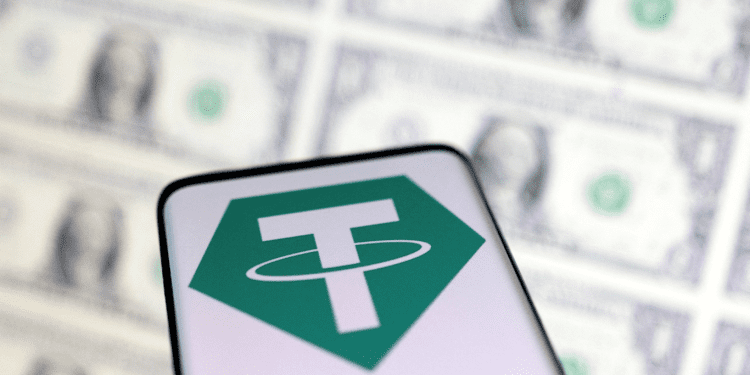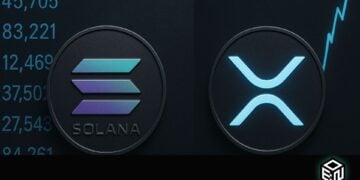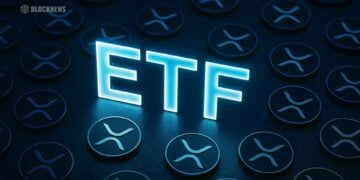- Stablecoin giant Tether intends to set up a bitcoin mining operation in Uruguay using renewable energy to diversify its revenue mix and support its stablecoin, USDT.
- Bitcoin mining is notoriously power-intensive, relying on a distributed network of computers worldwide to validate transactions and release new coins into circulation.
- Tether aims to invest in renewable energy production and is seeking experts in the field to support its expansion into the energy sector.
Cryptocurrency giant Tether is establishing a bitcoin mining operation in Uruguay that will use renewable energy as the company seeks to diversify its revenue mix to support its USDT stablecoin.
The company announced on Tuesday that it intends to invest in renewable energy production, marking its first foray into the energy sector.
Tether also stated that it is looking for ” experts in the area” to help it expand into the renewable energy space. Mining Bitcoin is notoriously power-intensive, relying on a distributed network of computers worldwide to validate transactions and release new coins into circulation.
According to Paolo Ardoino, CEO of Tether, “By harnessing the power of Bitcoin and Uruguay’sUruguay’s renewable energy capabilities, Tether is leading the way in sustainable and responsible Bitcoin mining.”
“Our unwavering commitment to renewable energy ensures that every Bitcoin we mine leaves a minimal ecological footprint while upholding the security and integrity of the Bitcoin network.” He added.
Tether announced earlier this month that it would change its treasury management strategy and begin investing a portion of its net profit in Bitcoin.
The company has committed to investing up to 15% of its net profit in Bitcoin, following in the footsteps of companies such as Tesla and MicroStrategy.
Tether creates stablecoins, tokens that, unlike Bitcoin and other cryptocurrencies, are intended to have a constant value.
According to CoinGecko data, USDT is the market’smarket’s largest stablecoin, with a circulating supply of more than $83.2 billion. It rivals Circle’sCircle’s USD Coin and Binance’s BUSD.
Traders use stablecoins to move money in and out of different cryptocurrencies without converting it back into fiat currency.
Tether claims that each USDT token in circulation is backed one-to-one by an equivalent amount of US-denominated assets held in reserve.
In the past, regulators and economists have questioned the integrity of the assets underlying the company’scompany’s token. Tether’s assets were previously held in commercial paper, a less liquid form of corporate debt. It recently replaced all of its commercial paper with U.S. Treasury bills.
According to the U.S. International Trade Administration, Uruguay is a leader in renewable energy production, sourcing more than 98% of its electricity output from renewables, primarily wind, and hydropower.














